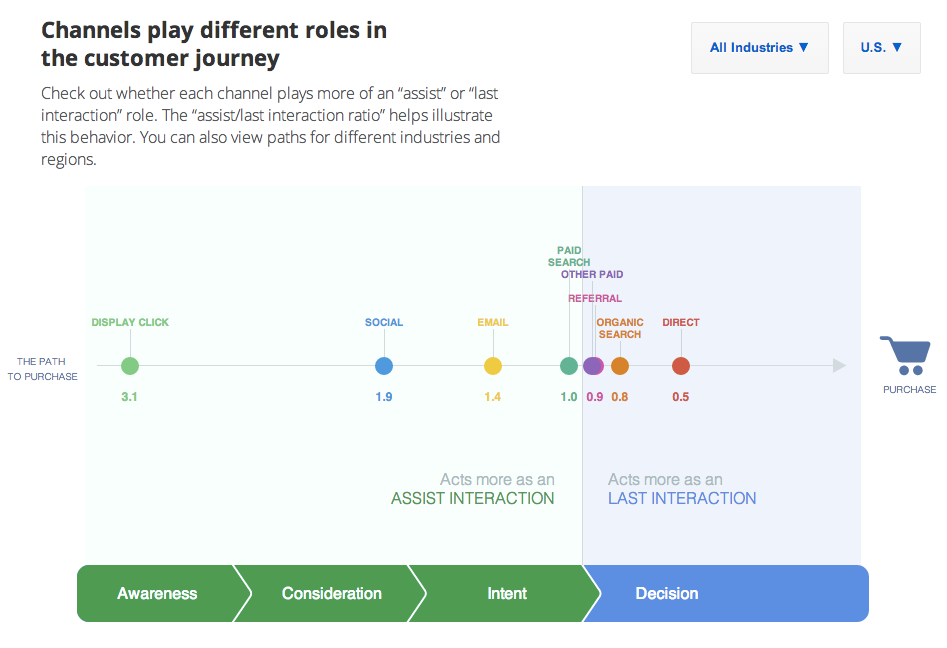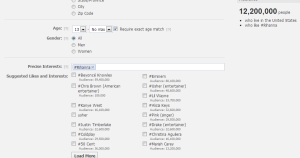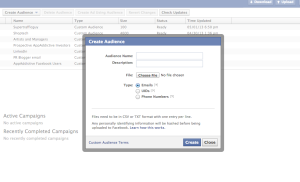If you’re the CEO of a company with an online business, your focus should be the conversion rate optimization of your online presence – your web site or your Facebook Business page. A percentage point improvement in any step of your marketing funnel could enhance your overall conversion rate optimization which then results in a significant improvement in the bottom line of your business.
Since everyone knows Google, let us use the Google Search Engine Marketing budget as an example to illustrate.
Suppose you have a really cool online retail clothing website, call it JaneJackets. JaneJackets buys $25000 worth of Google Adwords clicks every month. The $25000 results in 30000 Visits to the different product pages of your web site. For simplicity, each product page will have a different design, but will have a “Add to Cart” Button. Suppose that out of these 30000 visitors, a total of 7500 added a product to your shopping cart. Now suppose that only 3250 of these people who added to the Shopping Cart proceeded to the Checkout Page. Now suppose out of these 3250 people who went to the Checkout page , only 1950 continued to pay with their credit card (i.e. 1300 abandoned their shopping cart). Suppose that the average order size is $200 dollars.
Let us do a simple math and compute the Conversion Rate of JaneJackets.
Total Sales = $200 * 1950 = $390,000
Conversion Rate = (# who Added to Cart/# of Visits to the site) *(# who went to the Checkout page/# who Added to Cart)* (# who successfully Checked out/# who reached the Check out page)
Conversion Rate = (7500/30000) * (3250/7500) * (1950/3250)
= 25% * 50% * 60%
= 7.5%
Now suppose that we use Conversion Rate Optimization techniques to tweak JaneJacket’s Landing Page, tweak the Google Search Keyword Campaigns and the overall conversion rate improves to 9%, the resulting Total Sales will become (9% of 30000) * 200 = $540,000 or an increase of $150,000 in revenues!
Now, this may surprise you but here is the little truth: Facebook may actually perform better than Google and increase your Conversion Rate. We deal with Facebook ad campaigns everyday and we have live internal data to show that Facebook is outperforming Google in terms of conversion rate with some clients. In fact, Google Analytics’s latest product, “Customer Journey to Online Purchase”, confirms that Facebook is a good conversion channel for some industries. Read this post to find out how Facebook fares against other online advertising channels among various industries.

There are some industries – entertainment, media, online retail – where Facebook is really good at conversions. Additionally, because Facebook has the native ad units and their cost per click tends to be lower than Google, the overall conversion rate is much better with Facebook than with Google. It is our prediction that as the world becomes more and more comfortable in the future with social media, Facebook will perform even better as a conversion channel.
AppAddictive helps organizations and clients do Facebook conversion rate optimization by using analytical Facebook Ad Optimization and Facebook Page Optimization. In short, we use Facebook to help clients acquire customers and conversions for businesses – whether it is customers, Facebook likes, Facebook Engagement as measured by People Talking About This (PTAT), or mobile and Facebook app installs, leads, surveys or contests or coupons.







